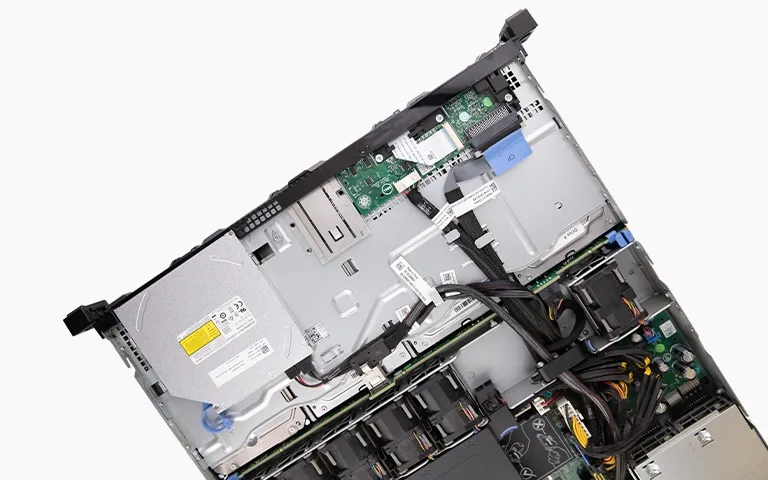Flash drives are popular for their portability and ease of use, but like any storage device, they are vulnerable to failure. In this blog post, we will explore a real-life case of a Verbatim flash drive recovery and how our team of experts successfully retrieved critical data from the device.
The Situation: A Malfunctioning Verbatim Flash Drive
Our client approached us with a Verbatim flash drive that had suddenly stopped working. The device contained important business documents, presentations, and personal files. The client reported that the flash drive was no longer recognized by any computer, and attempts to access the data were met with error messages, prompting them to format the drive.
Initial Diagnosis
When we received the Verbatim flash drive, the first step was to perform a detailed diagnosis to understand the nature of the problem. Flash drives can fail for several reasons, including:
- Physical damage: Issues with the connectors or internal components.
- Logical errors: Corruption in the file system or data structure.
- Firmware issues: Errors in the controller software that manages data flow.
- Wear and tear: NAND memory degradation due to extensive read/write cycles.
In this case, the Verbatim flash drive had experienced controller failure, meaning the device’s microcontroller that manages data storage had stopped functioning correctly. This made the flash drive unreadable by standard means, but the data on the NAND memory chips was still intact.
The Recovery Process
-
Controller Repair Attempt
The first step in our recovery process was attempting to repair the controller. We used advanced tools to analyze the firmware, but it became clear that a full repair would not be possible. The damage was too extensive for the drive to function normally. -
Chip-Off Recovery
Since the controller repair attempt was unsuccessful, we moved on to a chip-off recovery method. This process involves physically removing the NAND memory chip from the flash drive and reading the raw data directly from the chip. We carefully removed the chip using specialized equipment, ensuring no further damage was done during the extraction process. -
Data Reconstruction
After extracting the raw data, the next challenge was reconstructing the file system. Flash memory uses complex wear-leveling algorithms, which spread data across the memory chip in a non-linear fashion. Our experts used advanced software tools to piece together the scattered data and reconstruct the client’s files in their original format.
The Results
Our team was able to recover over 98% of the client’s data, including all critical business documents and personal files. The successful recovery not only saved the client time and effort but also ensured that they did not lose essential information that would have been difficult, if not impossible, to recreate.
Why Flash Drives Fail
Flash drives are durable and easy to use, but they are not immune to failure. Some common reasons for flash drive failure include:
- Electrical damage: Power surges or improper ejection from a computer can damage the circuitry.
- Physical damage: Dropping or mishandling the drive can cause internal issues.
- Corrupted data: Improper ejection or a failed write process can corrupt the file system.
- Overuse: Flash drives have a limited number of read/write cycles, and excessive use can degrade the memory cells.
Preventative Measures
While it’s not always possible to prevent a flash drive from failing, there are steps you can take to reduce the risk:
- Safely eject your flash drive after every use to avoid corruption.
- Back up important files to a secondary location, such as a cloud service or an external hard drive.
- Avoid using the flash drive in extreme temperatures or exposing it to moisture.
- Replace aging flash drives before they begin to fail due to wear and tear.
Conclusion: Data Recovery You Can Rely On
This Verbatim flash drive recovery case is a great example of how professional data recovery services can make the difference between total data loss and successful retrieval. Flash drives are convenient, but they are not infallible. If you experience a failure, it’s important to seek help from professionals who have the expertise and tools to recover your data.



